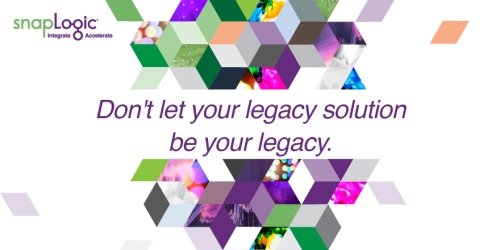This week SnapLogic posted a presentation of the 10 Modern Data Integration Platform Requirements on the company’s blog. They are:
- Application integration is done primarily through REST & SOAP services
- Large-volume data integration is available to Hadoop-based data lakes or cloud-based data warehouses
- Integration has to support the continuum of data velocities starting from batch all the way to continuous streams
- Integration is event-based rather than clock-driven
- Integration is primarily document- centric
- Integration is hybrid and spans cloud-cloud and cloud-ground scenarios
- Integration itself has to be accessible through SOAP/REST APIs
- Integration is all about connectivity… connectivity connectivity
- Integration has to be elastic
- Integration has to be delivered as a service
I’ve embedded the presentation below.
 SnapLogic published
SnapLogic published 